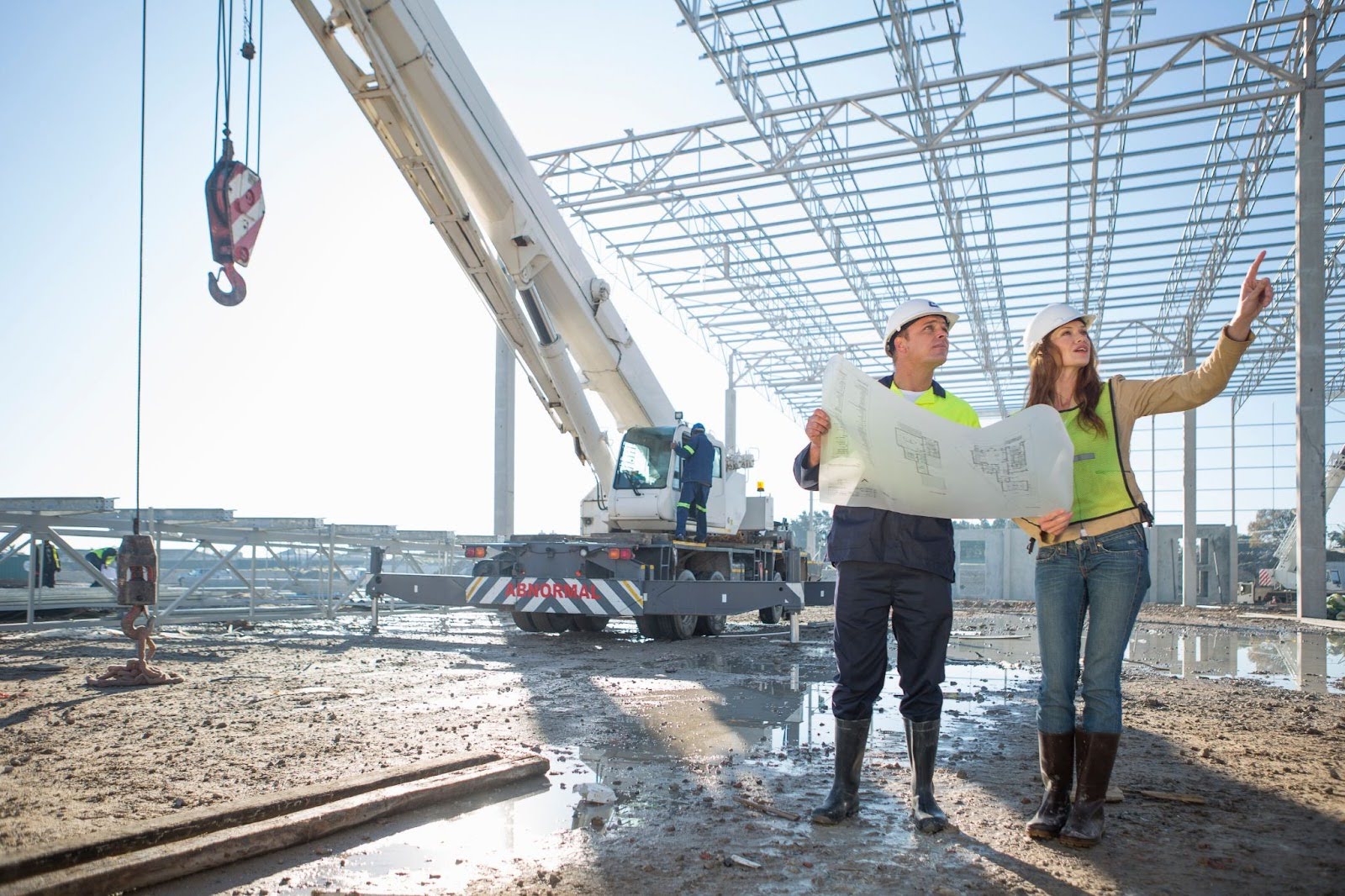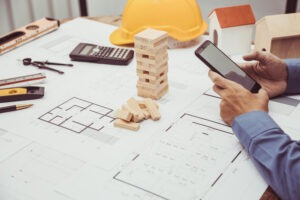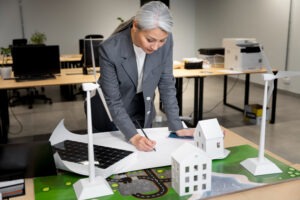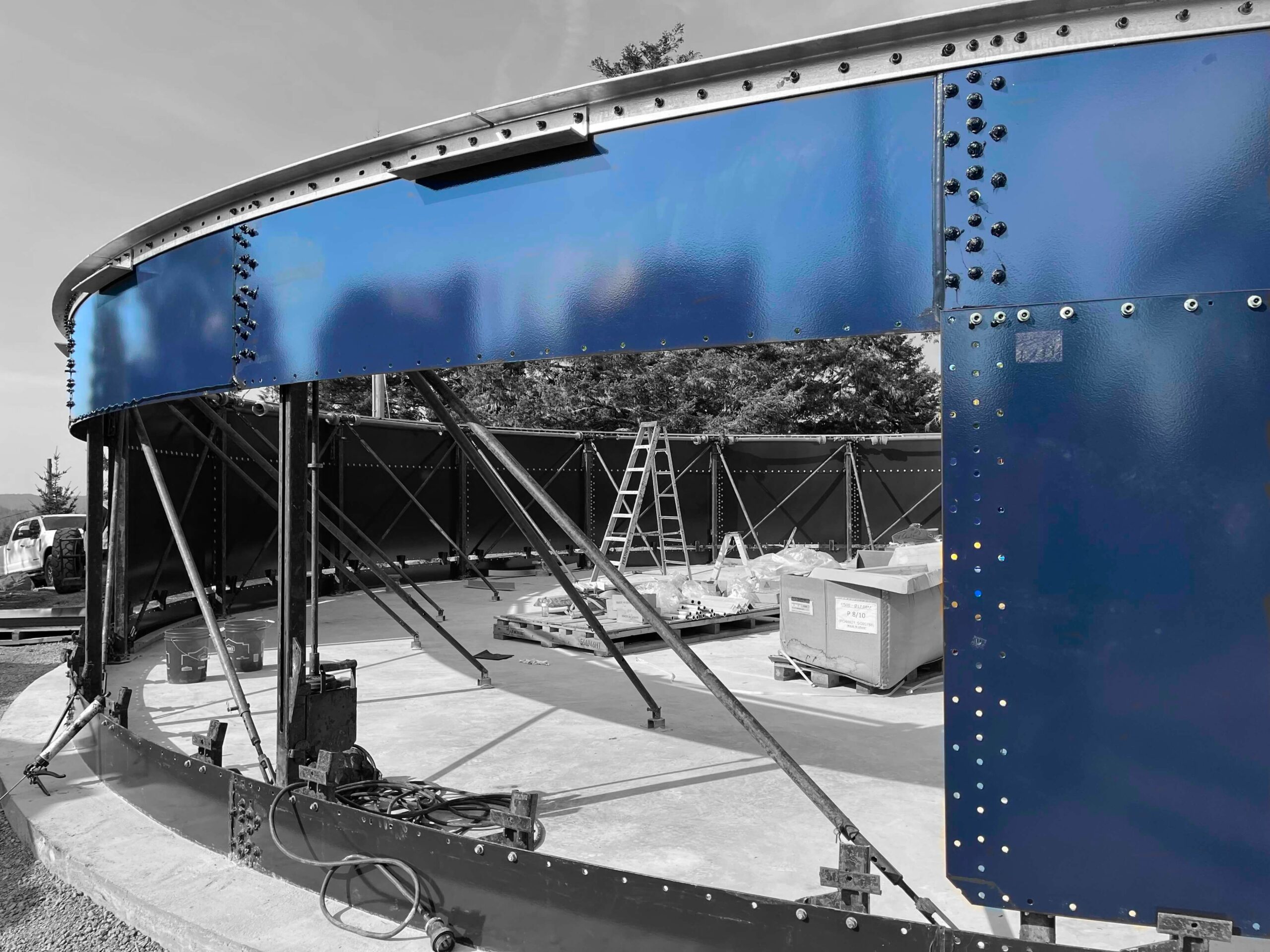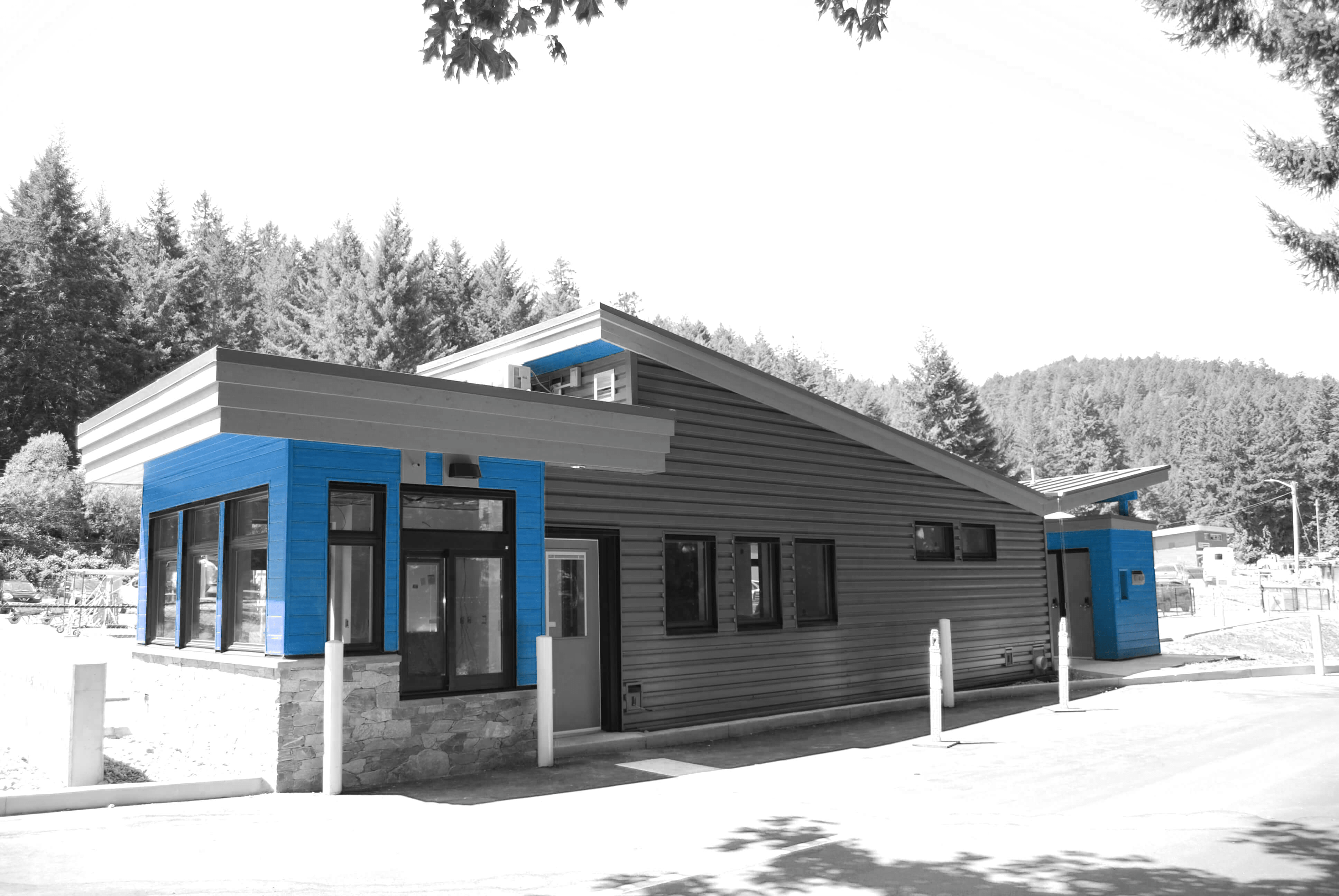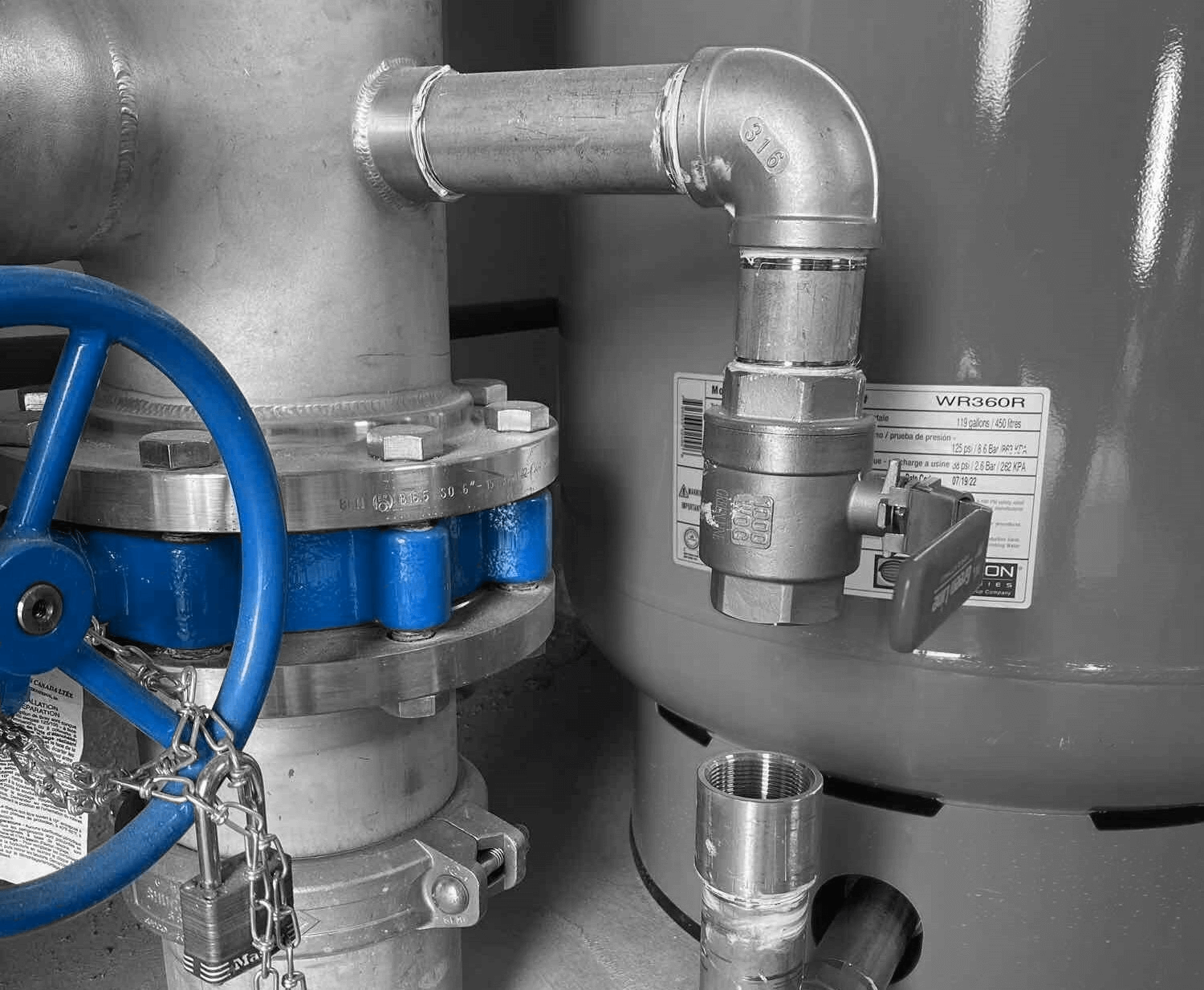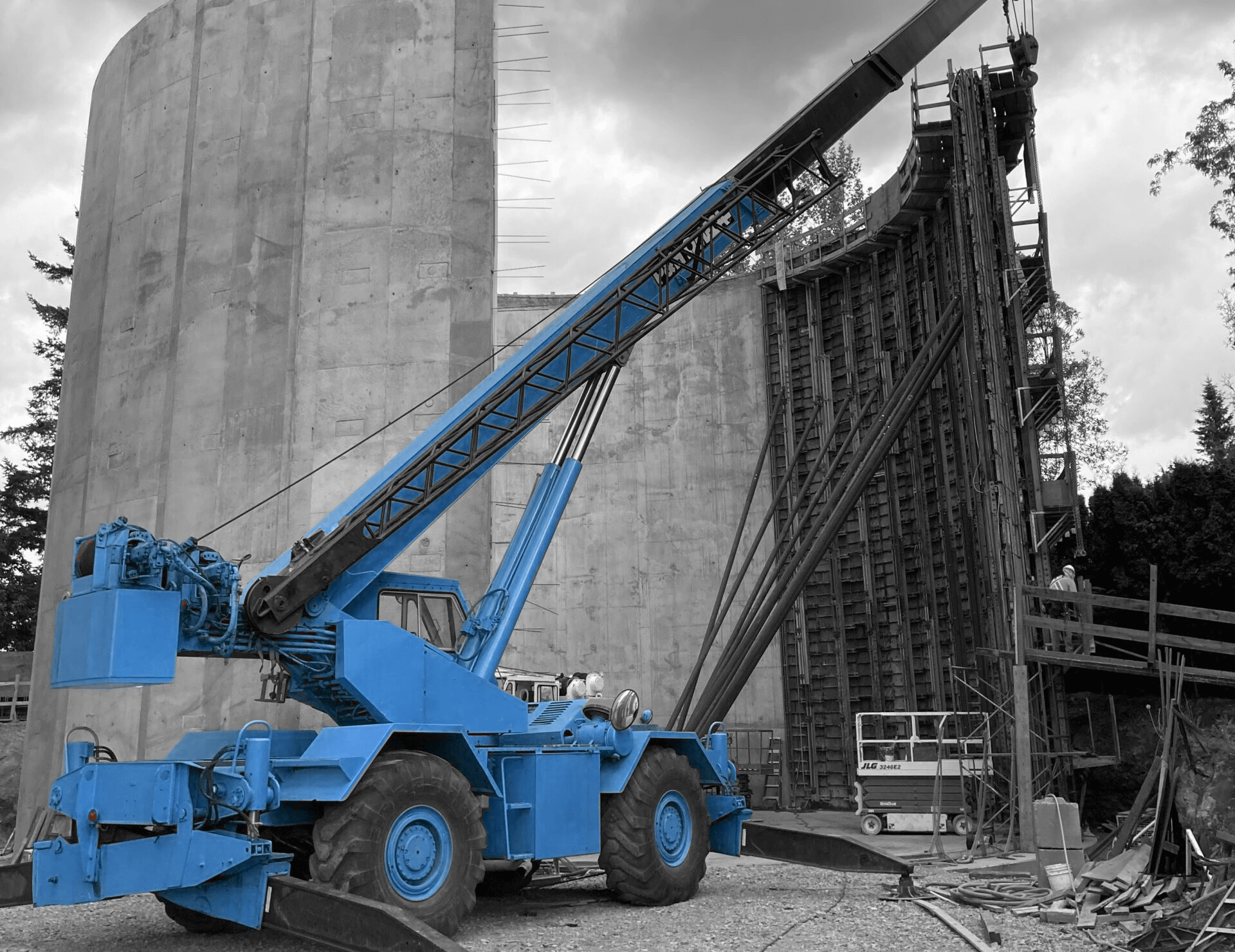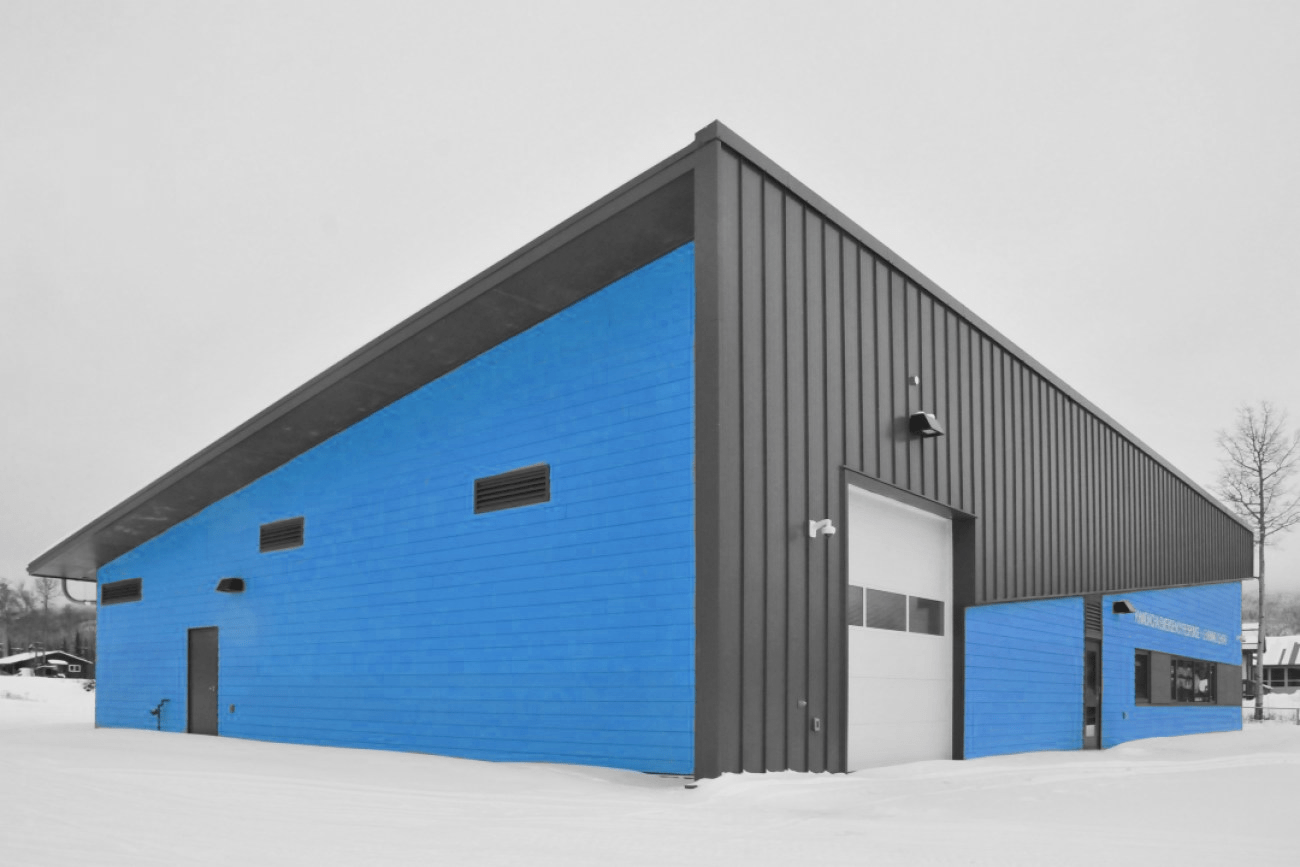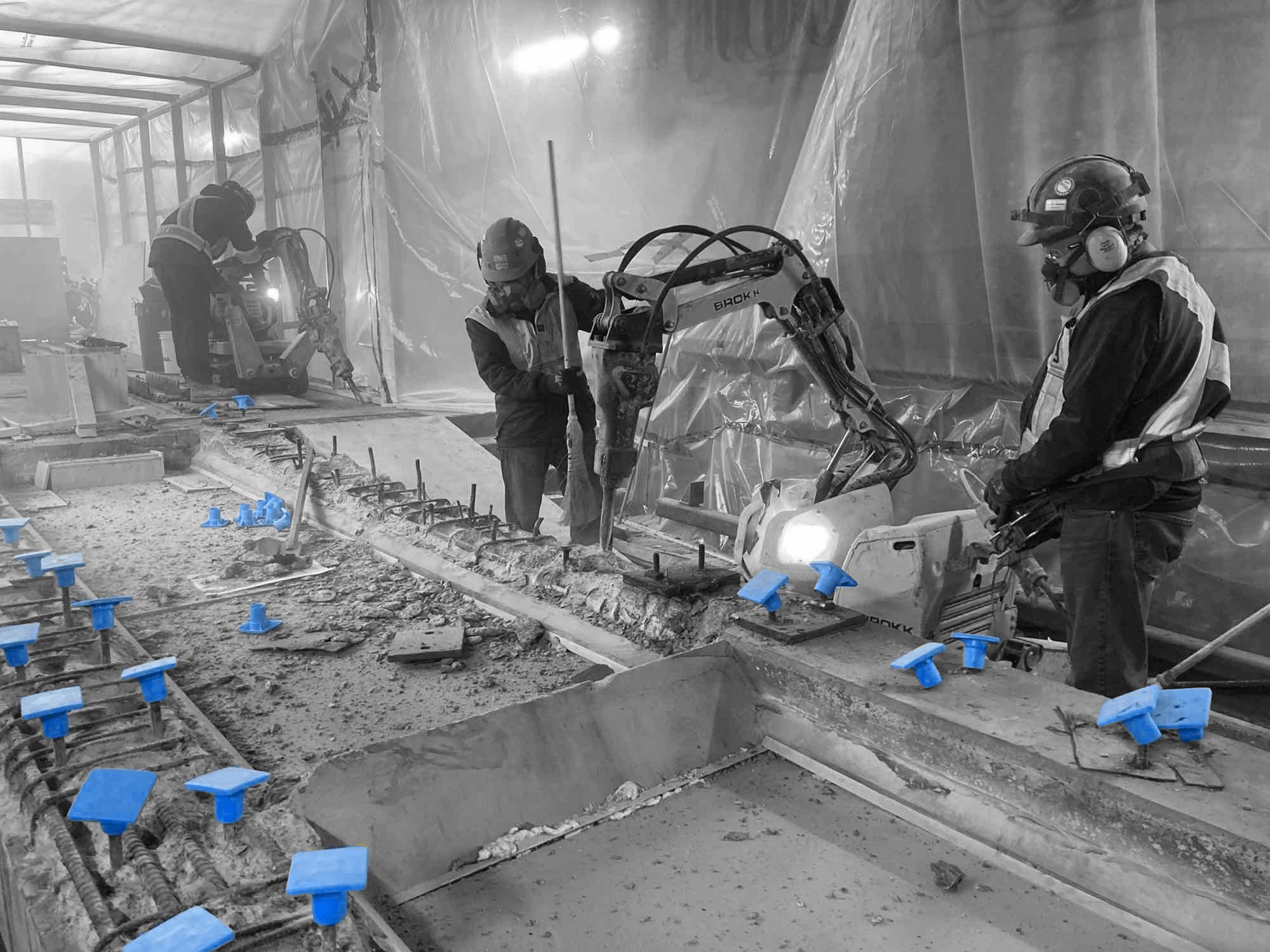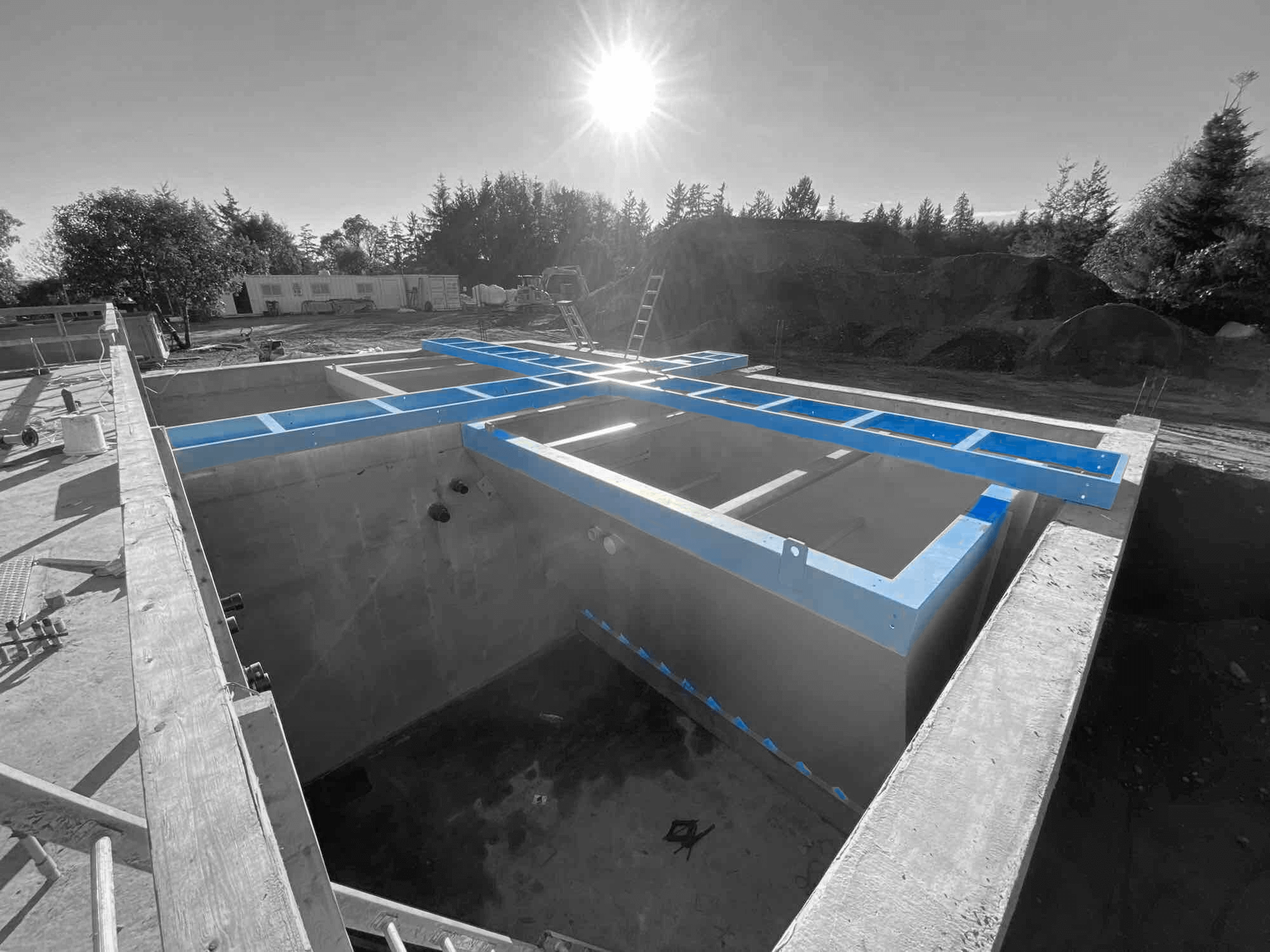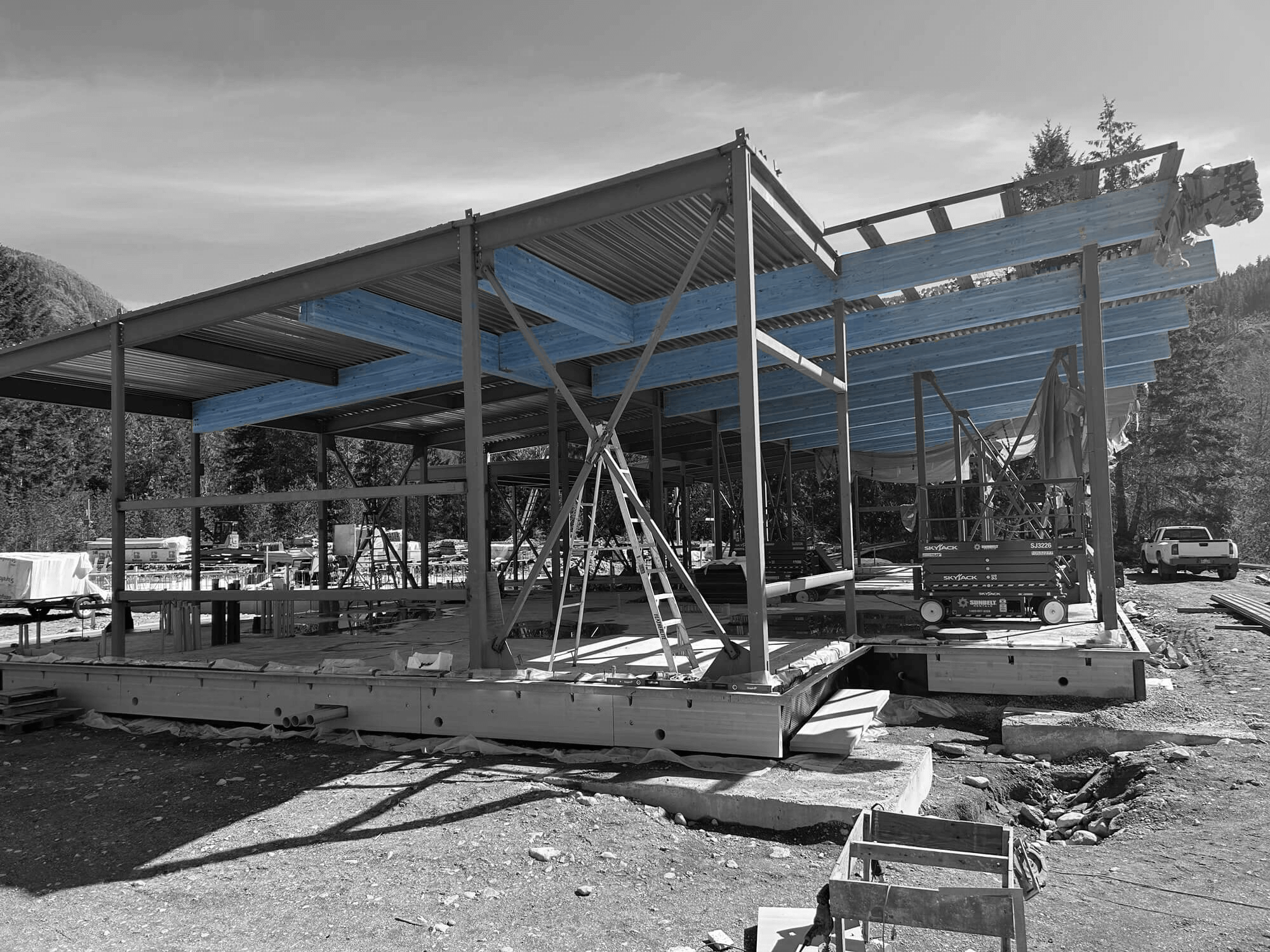The EPC (Engineering, Procurement, and Construction) design-build model has become a cornerstone in industrial construction. This approach integrates all phases of a construction project, from initial design to final construction, under a single contract. By doing so, it offers streamlined processes, reduces costs, and enhances the project’s overall efficiency.
In industrial construction, where projects can be vast and complex, the EPC design-build model provides clear advantages. It simplifies communication and coordination by having one team responsible for all aspects of the project. This reduces potential misunderstandings and errors, ensuring the project stays on track and within budget.
Furthermore, the integrated nature of EPC design-build allows for faster project completion. When the design and construction phases overlap, it can significantly shorten the project timeline. This quicker turnaround is especially beneficial in the industrial sector, where time is often a critical factor influencing project success.
Understanding the EPC design-build model and its benefits is essential for anyone involved in industrial construction. It provides a comprehensive framework for managing all aspects of a project, ensuring it is completed efficiently and effectively. This article delves into the key aspects of the EPC design-build model, highlighting its benefits, essential components, and how it enhances collaboration and efficiency in industrial construction.
Understanding the EPC Design-Build Model in Industrial Construction
The EPC (Engineering, Procurement, and Construction) design-build model stands out by integrating all project phases under one contract. This approach streamlines processes and provides a cohesive workflow, which is especially critical in industrial construction projects where complexities abound. In this model, the same team handles the engineering, procurement of materials, and construction activities, ensuring continuity and clear communication throughout the project lifecycle.
By consolidating responsibilities, the EPC design-build model minimizes the risks associated with traditional construction methods where design, procurement, and construction are managed separately. For instance, having a single point of responsibility means issues like design flaws or procurement delays are addressed more swiftly, reducing project delays and additional costs. The integrated nature of EPC also facilitates proactive problem-solving, as the team can foresee potential issues earlier and implement solutions more efficiently.
This comprehensive approach is highly beneficial in the industrial construction sector, where projects often involve intricate engineering specifications and tight timelines. With the EPC model, the design and construction phases overlap, enabling faster project completion. This is particularly important for industrial clients who need to bring facilities online quickly to meet market demands or regulatory requirements.
Key Benefits of EPC Design-Build for Industrial Projects
The EPC design-build model offers several distinct benefits for industrial construction projects:
1. Streamlined Communication
In an EPC design-build project, having a single team responsible for all phases enhances communication. This avoids the common pitfalls of miscommunication between separate entities handling different project aspects. As a result, decisions are made faster, and the project progresses smoothly without unnecessary interruptions.
2. Cost Efficiency
The integrated approach of EPC allows for better budgeting and cost control. Since the engineering, procurement, and construction processes are managed together, it is easier to optimize resources and avoid cost overruns. For example, bulk purchasing during procurement can significantly reduce material costs, and coordinated scheduling minimizes labour costs by ensuring that workers and machinery are used efficiently.
3. Reduced Timelines
EPC projects often have compressed timelines because the design and construction phases can overlap. This parallel scheduling accelerates project delivery, which is crucial in the industrial sector where time is often a critical factor. Early identification and resolution of potential issues further expedite project completion.
4. Quality Assurance
With a single entity overseeing the entire project, there is a heightened focus on maintaining quality standards from start to finish. The consistency in workflow ensures that quality is monitored and maintained, reducing the likelihood of errors and rework. This results in a superior end product that meets all the specified requirements.
The EPC design-build model’s ability to streamline processes, control costs, minimize timelines, and ensure high quality makes it an attractive option for industrial construction projects. By leveraging these benefits, we can achieve efficient and successful project outcomes, satisfying client requirements and ensuring long-term project viability.
Essential Components of an Effective EPC Design-Build Plan
Creating an effective EPC design-build plan requires attention to several key components. First, having a detailed project scope is crucial. This involves outlining all project requirements, timelines, budgets, and deliverables. A well-defined scope minimizes ambiguities and sets clear expectations for everyone involved. By specifying the materials, construction methods, and quality standards upfront, we can ensure the project progresses smoothly without major deviations or misunderstandings.
Next, a robust project management framework must be in place. This includes setting up efficient processes for scheduling, procurement, and risk management. Tools like Gantt charts and project management software can help in tracking progress and identifying potential bottlenecks. A good management framework also involves regular progress reviews and updates to keep the project on track and within budget. Effective communication channels between all stakeholders further ensure that any issues are addressed promptly.
Another essential component is the thorough risk assessment and mitigation strategy. Identifying potential risks early allows us to prepare mitigation plans. For instance, supply chain disruptions can be managed by securing multiple suppliers or pre-ordering critical materials. Similarly, weather-related risks can be mitigated by scheduling flexible timelines and having contingency plans. Comprehensive risk management ensures that the project can handle unforeseen challenges without significant setbacks.
Enhancing Collaboration and Efficiency Through EPC Design-Build
Collaboration and efficiency are significantly enhanced in an EPC design-build model due to its integrated nature. One way this is achieved is through the use of collaborative technologies. Tools like BIM (Building Information Modeling) enable all stakeholders to work from a shared digital model of the project, ensuring that everyone has up-to-date information. This shared model facilitates real-time updates and reduces the chances of discrepancies between design and construction phases.
Regular stakeholder meetings are also essential for enhancing collaboration. By holding weekly or bi-weekly progress meetings, we ensure that all team members are aligned with the project’s goals and current status. These meetings provide a platform for addressing any concerns and making collective decisions, thus maintaining project momentum and coherence.
Efficiency is further boosted by streamlined procurement processes. Since the EPC model consolidates procurement under a single contract, it simplifies the purchasing of materials and services. This centralization enables bulk buying, which can reduce costs and ensure timely delivery of necessary resources. Moreover, coordinated scheduling reduces downtime and makes optimal use of labour and machinery.
Additionally, the EPC approach fosters a culture of continuous improvement. Regular reviews and feedback loops allow the team to identify areas for enhancement, whether in design methodologies or construction techniques. By continuously refining processes, we can deliver projects more efficiently and with greater accuracy, ensuring high-quality outcomes.
Conclusion
The EPC design-build model has proven to be a highly effective approach for managing industrial construction projects. It integrates all project phases under a single contract, streamlining communication, reducing costs, and enhancing overall project efficiency. Through a detailed scope, robust project management, and comprehensive risk mitigation, we can ensure that projects are completed on time and within budget. The collaborative technologies and regular stakeholder meetings inherent in the EPC model further enhance efficiency, making it a preferred choice for industrial construction.
Embracing the EPC design-build model enables us to deliver high-quality industrial projects that meet client expectations and withstand the test of time. The integrated, cohesive nature of this approach ensures that every aspect of the project is meticulously planned and executed, resulting in superior outcomes.
If you’re ready to explore the benefits of EPC design-build for your next industrial construction project, contact Industra Construction Corp. today. Let’s work together to bring your vision to life with unparalleled efficiency and expertise.


